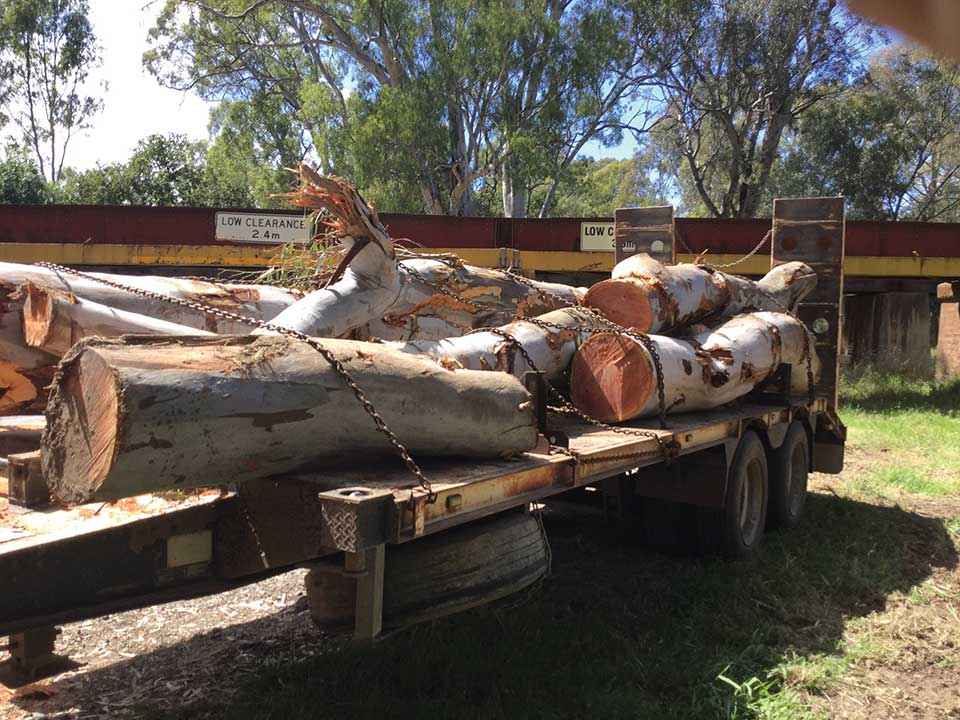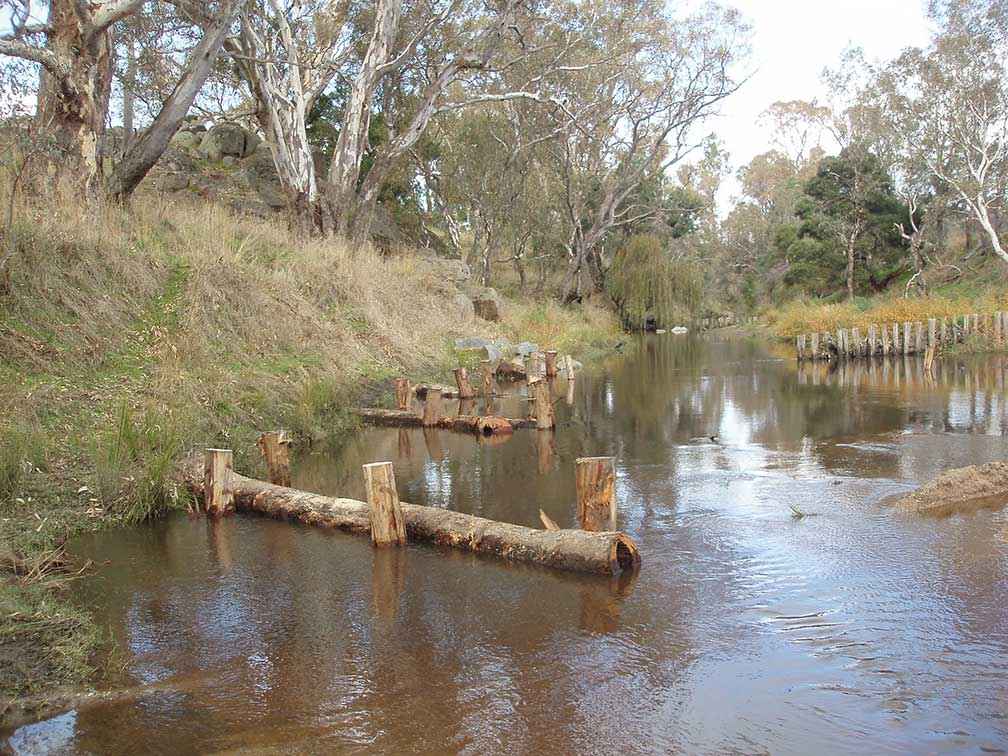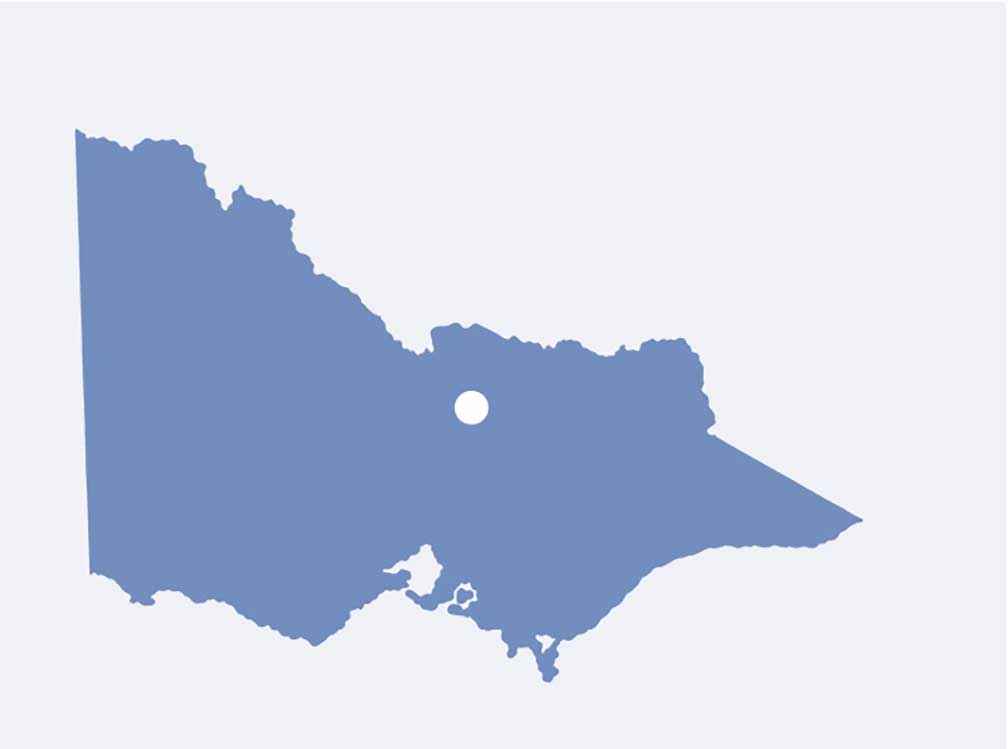Victorian Landcare Magazine - Summer 2018, Issue 71

Trees damaged by fire and storms are being recycled and reused as snags in creeks in the Strathbogie Ranges to provide valuable habitat for threatened native fish.
Snags in waterways are usually formed by trees falling or dropping limbs – one of the reasons why streamside vegetation is critical.
Due to reduced vegetation in areas, and in some cases past de-snagging practices, there is not always enough of this woody habitat entering creeks to sustain good native fish populations. The Goulburn Broken CMA is partnering with landholders, Native Fish Australia and community groups to carry out revegetation and re-snagging works in a number of creeks in the Strathbogie Ranges.
According to CMA works officer Collin Tate, revegetating stream banks provides bank stability, shade and food and will also supply a wood source to future streams.
“Without vegetation there is no natural means of replenishing the streams’ resources,” Collin said.
As it can take many years for trees planted as part of revegetation activities to mature, suitable wood needs to be sourced from other locations to be placed in stream and provide immediate habitat improvement. The more complex the wood (with many branches), the better the snag. Size and species are also considerations for use.
Sourcing the right type of wood for these works is critical. When Collin heard of a local council’s efforts to clean up after a windstorm he quickly made contact.
“The Strathbogie Shire provided us with the fallen wood, which we have stockpiled in readiness for future habitat works. We similarly arranged to transport some of the wood that had been piled up in the aftermath of the Creightons Creek fire in 2014 and placed it into the Hughes Creek in early 2015,” Collin said.

Above: Recycled timber positioned in Seven Creek to encourage bed scour and create greater depth.
Earlier this year Collin sourced wood from VicRoads following a road-widening project. The wood was placed in creeks to create variation in stream flow and provide new habitat for aquatic wildlife, including macro-invertebrates, crustaceans and fish.
“In the case of the Seven and Hughes Creeks, which have high sediment loads, the wood has also been placed to encourage bed scour to move some of the deposited sand and reinstate stream depth.
“The reinstatement of deep pools and shelter are vital for threatened species like Macquarie perch and trout cod that are found in these creeks, particularly throughout periods of low flows when these fish and other aquatic life are confined to refuge pools. Seeing this
wood put to another purpose is very satisfying,” Collin said.
Fiona Lloyd is Communications Manager at the Goulburn Broken CMA.
For further information email Fiona at fional@gbcma.vic.gov.au

Above: Location of the Strathbogie Ranges.